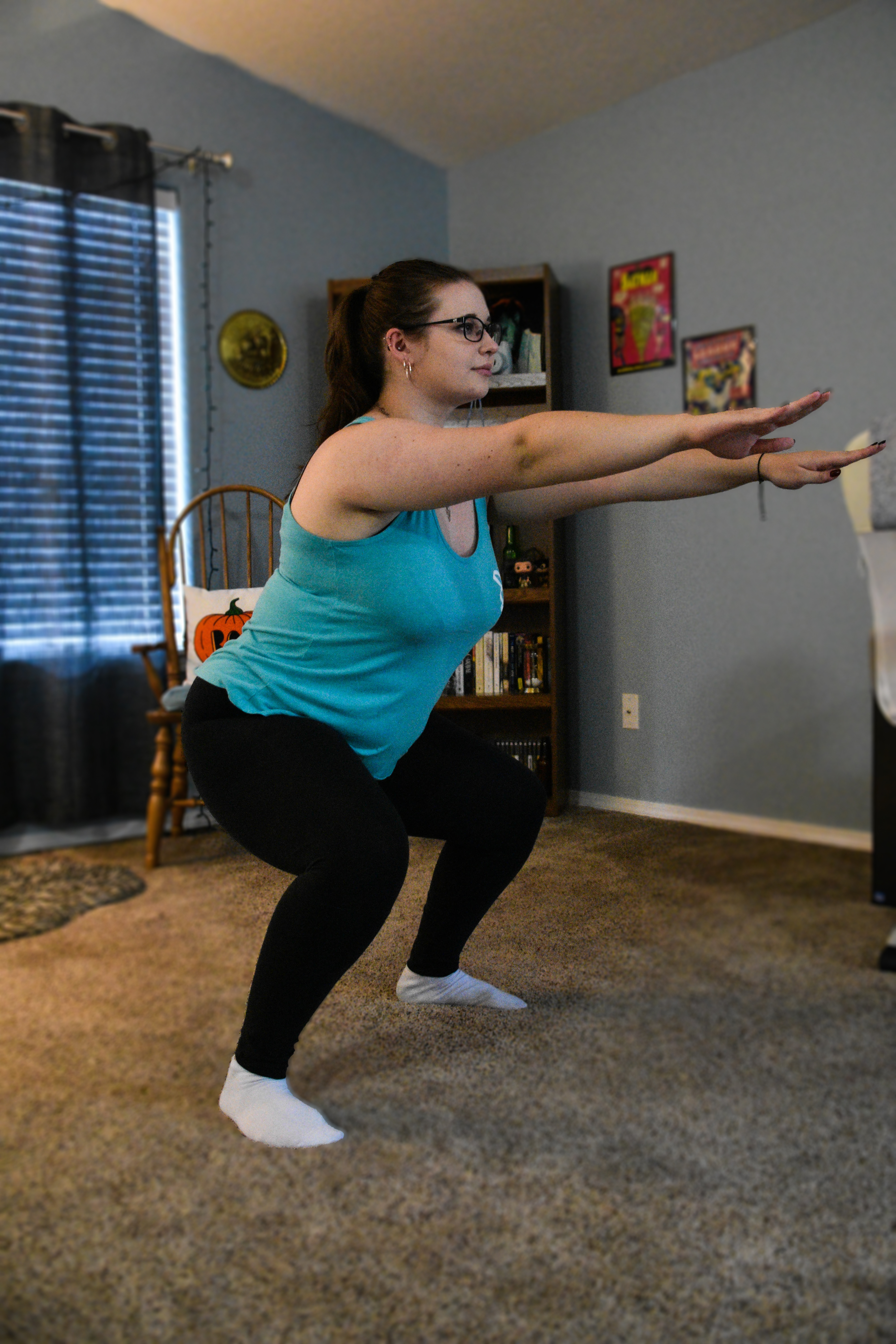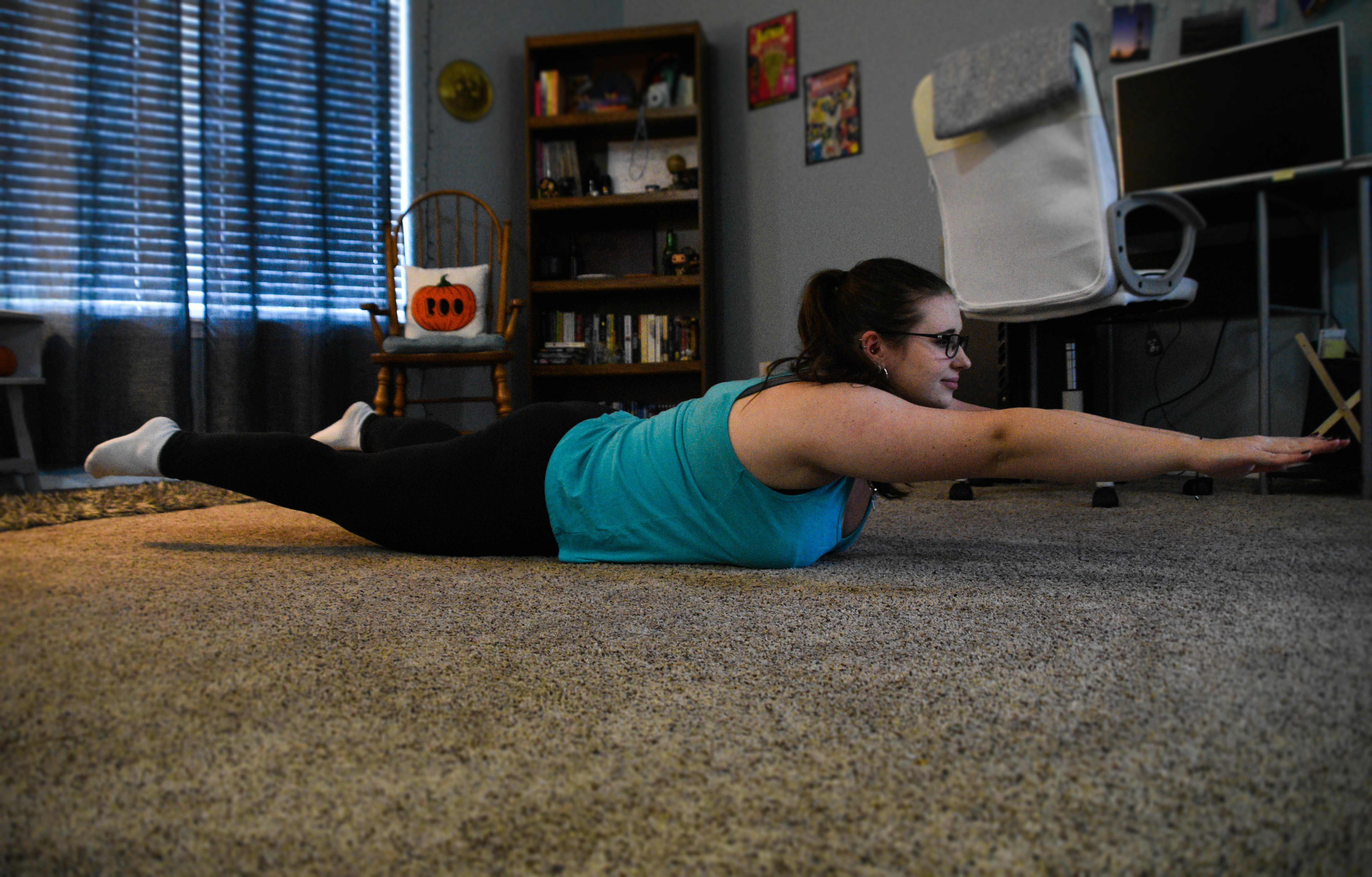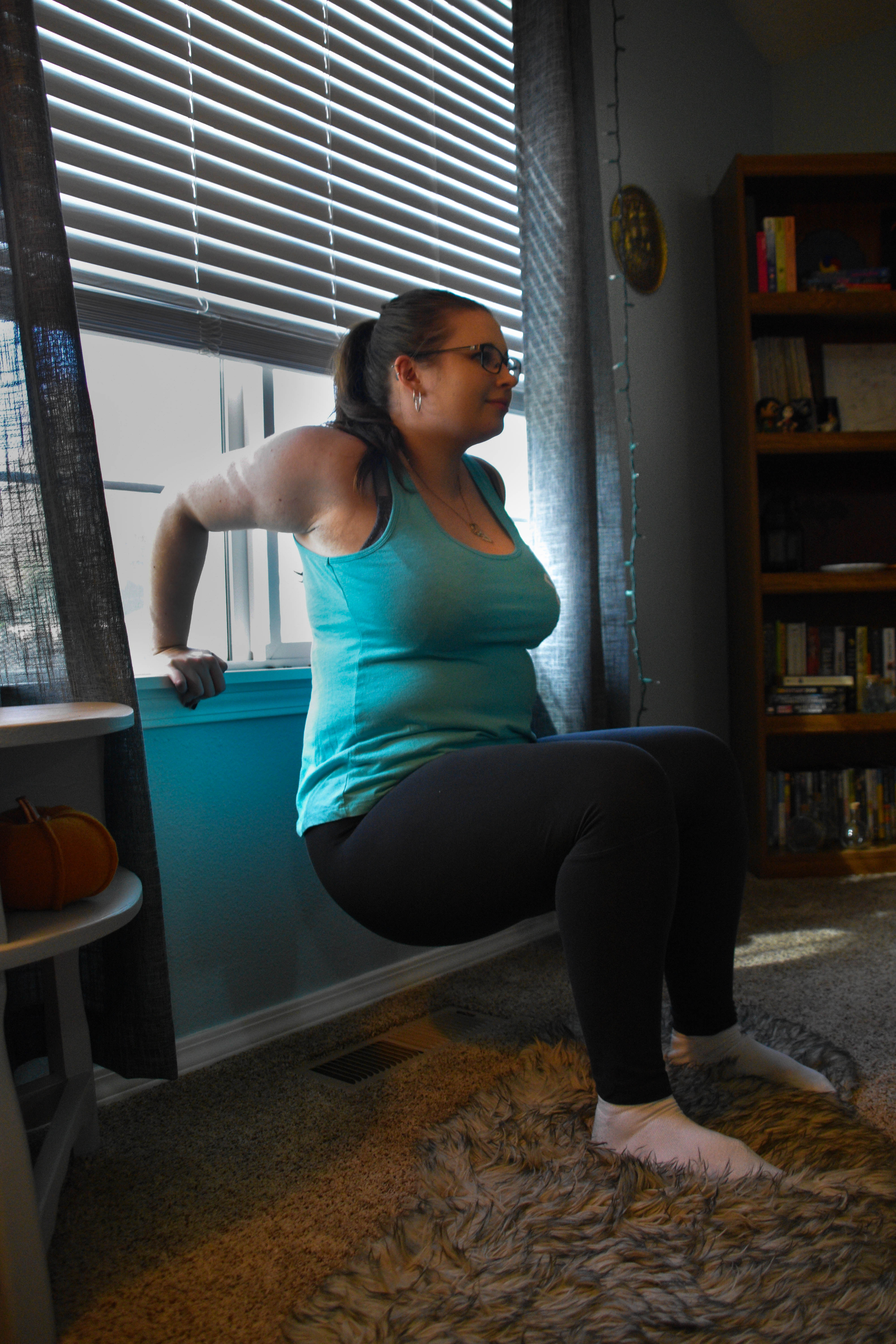How to start using a planner
Allison Vanderzanden | Lifestyle Editor
With 95% of Western’s classes being held online for fall term, keeping up with a schedule is more important than ever. Students have to be their own regulators of their study time outside of virtual meetings. A great way to stay on track is by using a planner, and here are some tips on how to use one most effectively.
Start by picking a planner or printing out free planner sheets to put into a binder; daydesigner.com is just one site that offers free sheets in many styles. Pick a layout that has room to detail each class and associated workload. This may look like a weekly layout with columns on the side to expand on what assignments are due.
Next, color code assignments and classes. Use a highlighter or colored pens and markers. Some categories to code by are types of assignments, such as readings, discussion posts and projects, or class — whichever makes more sense personally. Also give a color to other tasks and events, such as work, vacations and trips to the gym or grocery store.
Now it’s time to pull out the syllabus. Write down class meeting times, assignment due dates and quiz and exam dates for the term with desired colors. Then add in other events as far ahead as is known. Finally, find some gaps in which study time for each class can be allocated. It is important to have designated times for studying and completing homework in order to keep up with classes. This time could be half an hour or several hours, but it should be set aside to do classwork uninterrupted.
Starting a planner is the first step, but keeping up with a planner takes more persistence. To help with motivation, check off tasks and days once they are completed. Focus on one to two weeks of work at a time if seeing the entire term at once is overwhelming. Set aside a few minutes a day to check up on upcoming events to make it part of a routine, and always feel free to update the planner as life happens.

Contact the author at avanderzanden19@mail.wou.edu






